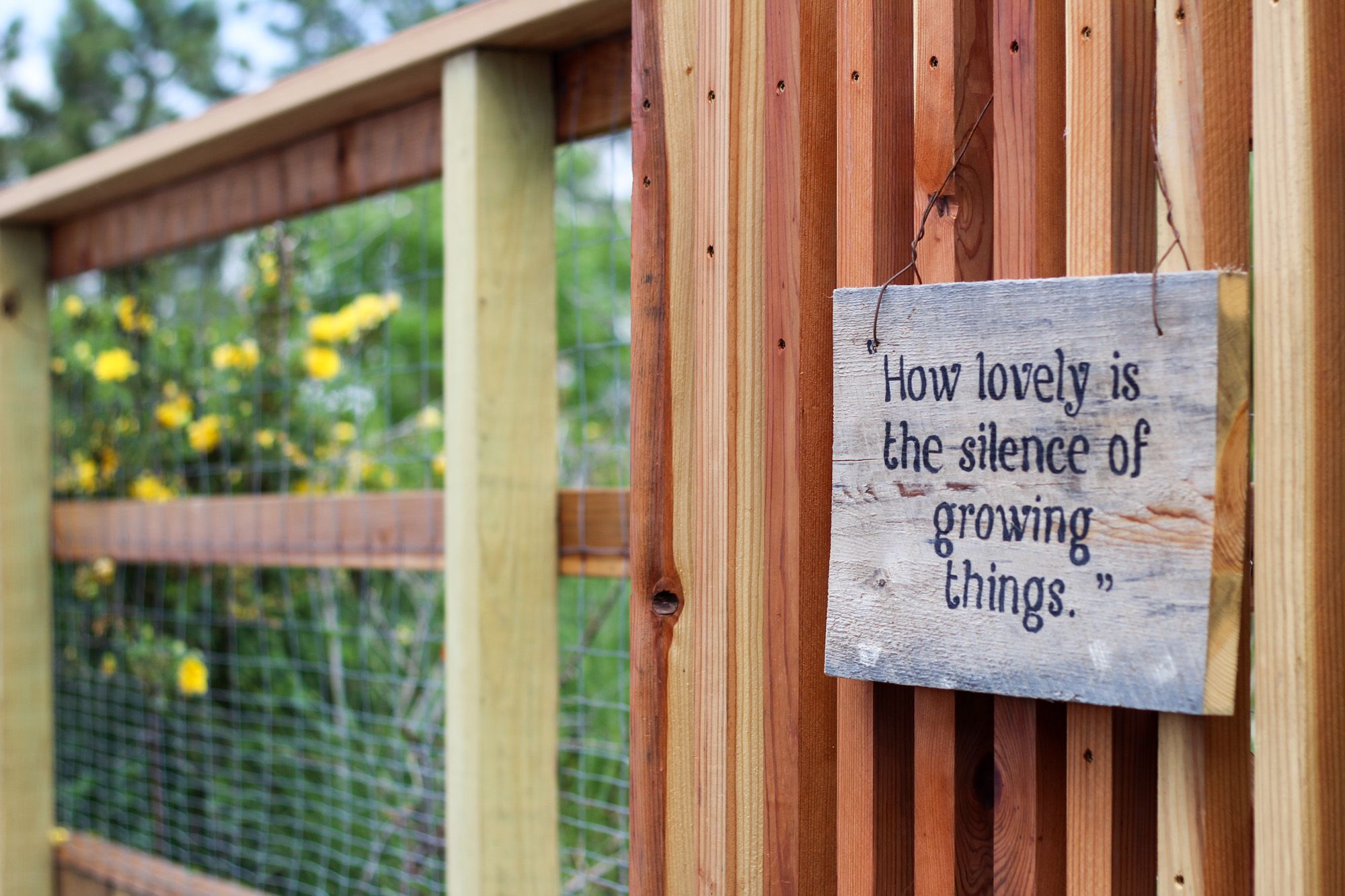Stillness.
As I sat down to write this, I was trying to think of a word to sum up the hours I spent in my greenhouse and garden over the weekend.
That was all that came to mind.
No grand revelations. No long-winded observations. Just blissful quiet. A peaceful, settled brain.
It’s taken me a long time to get to this point with my garden.
In years past, my growing seasons were defined by stress. Overwhelm. Never feeling like I was doing enough. Always behind, out of breath.
It’s funny how, even with old-fashioned ideas, we bring our modern mindsets.
…We want nature to fit into OUR paradigm.
…We expect it to bend to OUR expectations.
…We demand it behave the way WE expect.
And we forget to ask the garden what IT needs.
I’ve been ruminating on this a lot lately, so I expect to be sharing more about in in the months to come. But for today, I want to share something I read that has stuck with me all spring.
It was in the book What Your Food Ate by David Montgomery and Anne Bikle. (A fantastic read, by the way. And they were recently on my podcast for a fantastic episode).
The book is packed with information about soil health, but after all this data, they conclude:
“The most dramatic increases in soil organic matter and soil health occur with combining low- or no-till practices, cover crops, and diverse crop rotations.”
It’s a magic garden trio of sorts.
While I’ve dabbled with all of these things in the past, this year I’ve committed to really digging into these concepts (pun intended).
Here are my plans.
The Best Garden Trio for Building Healthy Soil
1. Low Till
Each of my growing spaces is a little different, so shifting to a low-till/no-till mindset is requiring some creativity.
In some of my garden beds, I’m layering compost and mulch on top. In other spaces, I’m planning on lightly raking the soil before planting seeds. In my potato rows, I’m putting the potatoes on top of un-tilled soil and covering generously with old hay. In my carrot beds, I’m broad forking then planting.
Will all these ideas work perfectly? Probably not. But this is a year of experimentation. And while this is taking MORE mental work upfront, it’s requiring far LESS physical labor.
2. Cover Crops
Nature doesn’t like to be naked. I’ve used cover crops in the past with lovely results, but I’m going all in this year. I planted rye in my “extra” beds in the greenhouse. It’ll grow until mid-summer when I’m ready to plant fall crops there.
I’m also going to experiment with living mulch in a few of my outdoor raised beds, and follow all my summer crops with covers. As always, True Leaf Market is my favorite place to buy cover crop seeds (and all my other seeds, too).
Need more information about cover crops? Learn how to plant cover crops in my article here.
3. Diverse Rotation
Crop rotation is a great way to enrich your soil and give you healthy plants. Each type of plant (root veggies, nightshades, cucurbits, legumes, etc.) does something a little different to the soil, whether adding nitrogen, keeping the soil loose, and other various benefits. By moving your crops around, you can take advantage of these natural boosts.
You can research very intricate crop rotation guides and follow them if you want. Or you can be more casual about it. You know me– I don’t do complicated. So I don’t plan to implement any intricate rotation schemes. However, I will be better about writing down what grew where and switching things up so I don’t get stuck in a rut… (It’s embarrassing how quickly I forget year to year!)
Gathering Data for Healthy Garden Soil
I’m also planning on testing my soil again this year. (I use Redmond’s mail-in testing kits— inexpensive and easy.) After last year’s shocking results (my outdoor garden, my compost pile, and my potting soil were WAY lower in nitrogen than I thought…) I want to see if any of the changes I made over the winter helped.
If my soil is still low in nitrogen, I’ll use nitrogen-fixing cover crops like alfalfa, field peas, or clover. I’ll keep ya posted.
Anyway, that’s probably enough soil nerdiness for today.
(But there’ll be more coming— don’t worry.)
Your friendly neighborhood homestead nerd,
-Jill
P.S. If you want to try Redmond’s soil test kits, use code HOMESTEAD to save 15%.






